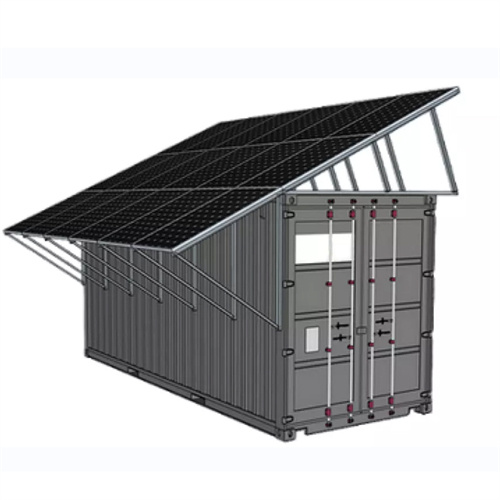About Rare earth new energy storage
Rare earth is a group of elements with unique properties. Discovering the application of rare earth elements in advanced energy storage field is a great chance to relate rare earth chemistry with the energy s.
••Rare earth incorporated electrodes for electrochemical energy s.
Energy storage greatly influences people’s life and is one of the most important solutions to resource crisis in 21th Century [1], [2]. On one hand, the newly developed energy resource.
2.1. Rare earth doping in electrode materialsThe mostly reported RE incorporation in lithium/sodium battery is doping RE elements in the e.
Lithium sulfur (Li-S) battery is one of the most promising energy storage devices that is composed of lithium metal as anode and sulfur as cathode. The theoretical capacity of sulfur is 1675.
4.1. Rare earth doped/composite material for supercapacitorSupercapacitor aims at high power density devices. Nevertheless, the energy density is still important f.
5.1. Influence of rare earth element on Ni(OH)2 cathodeLIBs with liquid electrolyte is high dangerous when on fire. Although the research of solid.
As the photovoltaic (PV) industry continues to evolve, advancements in Rare earth new energy storage have become critical to optimizing the utilization of renewable energy sources. From innovative battery technologies to intelligent energy management systems, these solutions are transforming the way we store and distribute solar-generated electricity.
When you're looking for the latest and most efficient Rare earth new energy storage for your PV project, our website offers a comprehensive selection of cutting-edge products designed to meet your specific requirements. Whether you're a renewable energy developer, utility company, or commercial enterprise looking to reduce your carbon footprint, we have the solutions to help you harness the full potential of solar energy.
By interacting with our online customer service, you'll gain a deep understanding of the various Rare earth new energy storage featured in our extensive catalog, such as high-efficiency storage batteries and intelligent energy management systems, and how they work together to provide a stable and reliable power supply for your PV projects.
Related Contents
- Rare earth energy storage materials
- Rare earth superconducting energy storage
- Zambia s rare energy storage system
- Rare energy storage system projects
- Rare magnesium technology energy storage
- Rare materials needed for energy storage
- Earth gravity energy storage
- Energy storage earth heating
- What is deep earth energy storage
- Us air transport new energy storage line
- Energy storage and new energy design scheme
- Thinking about energy storage and new energy


